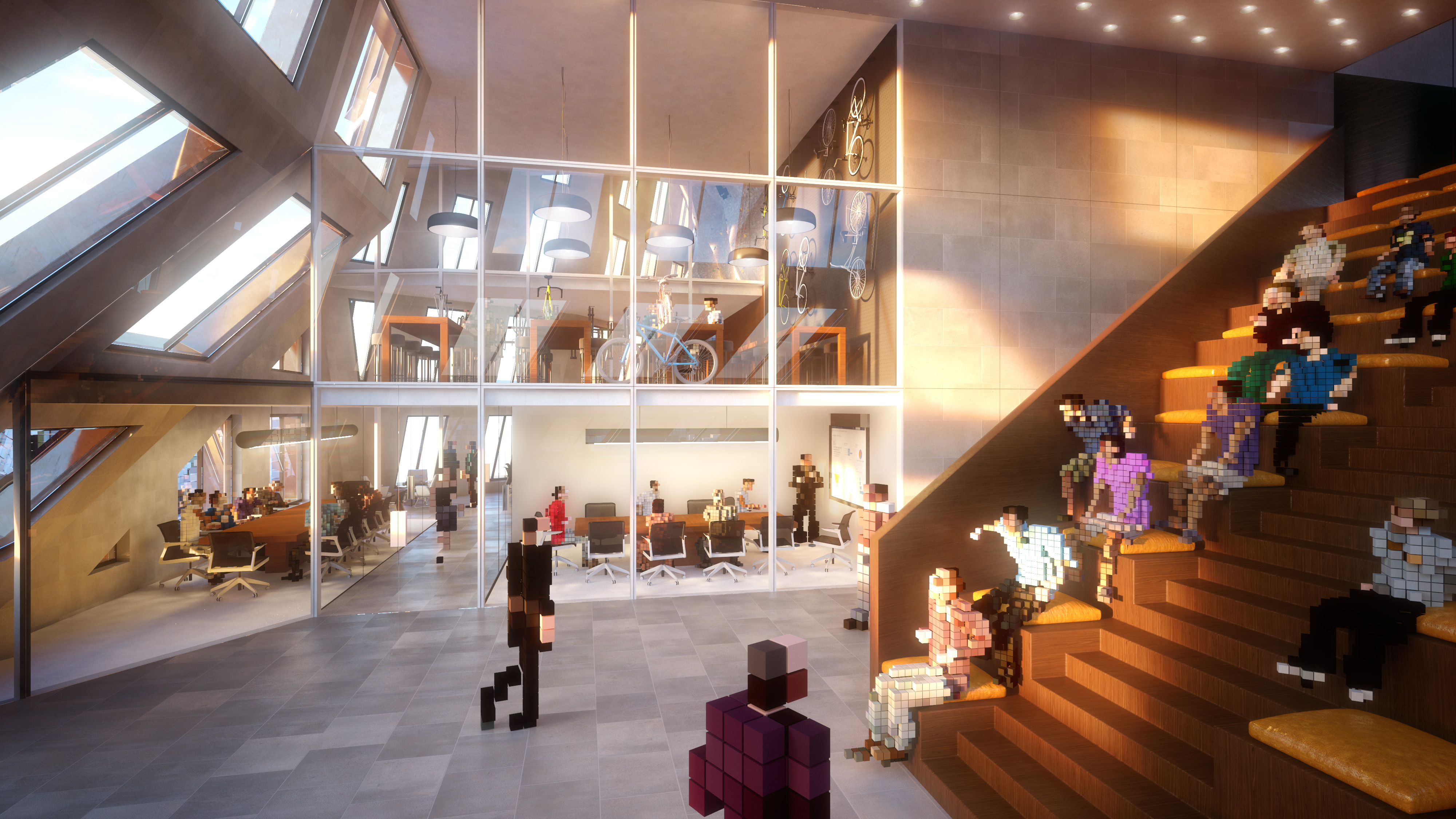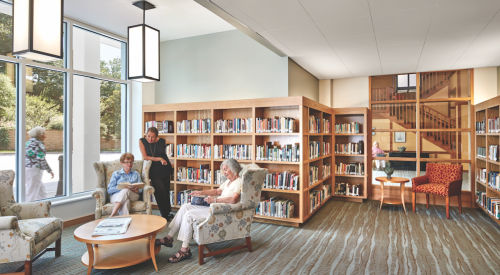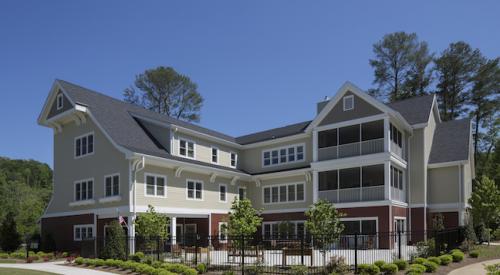By the age of 40, architect Matthias Hollwich was already a staunch advocate for elders. At a Washington, D.C., conference on designing for an aging population back in 2012, he spoke more powerfully about the marginalizing of seniors than anyone else on the roster, though he was the youngest presenter by far.
Hollwich, principal and cofounder of New York design firm Hollwich Kushner, shared a rental house back then with three others his age—a diplomat, a consultant, and an artist. One of them got very sick, recalls Hollwich, and everyone helped out; the four then pledged to care for one another into their dotage. The owners eventually reclaimed the home and the tenants have since scattered around the world to follow their careers. Still, Hollwich remains a man on a mission.
Growing up in Munich with three generations under one roof (“I come from an awesome family; we all like each other”), Hollwich saw his grandmother every day, helped care for her when she got old, and was the last to talk to her before she died. “It was very peaceful,” he recently told me. “One of the lessons was that it’s healthy to experience death. It took away a lot of my fears about dying,” Hollwich says. “We all will die.”
Equal parts simple, profound, and painful, that truth is one we struggle with in trying to surf the silver tsunami. In “Come Together,” author Peter Fabris explores the current state of senior housing, how it addresses the needs of an aging population, and what could be next. He talked to many experts, including Hollwich.
“In America, we’ve built an industry to take care of older people, segregating them into a specialized environment,” Hollwich says. The aim, he contends, is to offer services at the lowest price possible. “But no one says, ‘that sounds fantastic,’ at the prospect of moving into an old-age home,” he notes. “That should inspire us. How can we stay in the places we want to stay?”
Hollwich works on housing that pushes against social isolation, integrates age groups, and offers services on demand, as well as those that are easy to walk to. His 2015 book, New Aging, addresses this and more. His ultimate goal: homes that will serve us at any age. Hollwich is optimistic about technology’s enabling us to tap into conveniences and services so we can stay in our homes throughout our lives.
To fulfill the needs of the aged and build homes that are ageless, Hollwich advises builders to get personal. “Don’t build for another person, build it for yourself,” he says. “What do you want from the house you’re living in when you grow old?”











